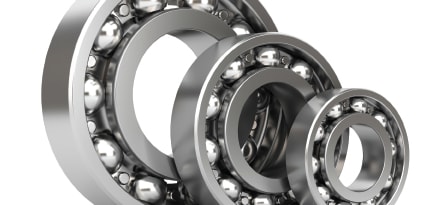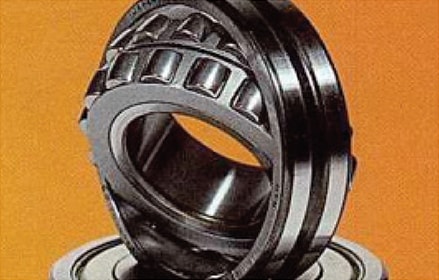Rolling element bearings need to be relubricated from time to time to replace any grease that has deteriorated, become contaminated or leaked away.
Follow these pressure-relief methods when you set out to lubricate bearings:
For bearings equipped with fitting and drain:
- If safe and practical, run the machine while performing this task.
- Remove lower drain plug; clean out all hardened grease.
- Wipe the grease fitting clean.
- Pump grease into the fitting until old grease is purged and new grease appears.
- While the drain plug is removed, allow the machine to run at operating temperature. This will allow the bearing grease to expand and forces excess grease out of the machine, relieving internal pressure. After 10 to 30 minutes, excess grease will cease draining, indicating that the bearing housing has reached normal pressure.
- Clean and replace the drain plug.
For bearings equipped with fitting and no drain:
- If safe, remove fitting while equipment is running at operating temperature to allow any purging of excess grease in the bearing.
- Clean and replace fitting.
- Pump a limited quantity of grease into the bearing.
- Allow the equipment to run at its operating temperature for several minutes to purge excess grease. If no grease purges, the bearing was likely very dry. In such instances, repeat steps 3 and 4 until excess grease purges from the bearing.
For bearings equipped with relief-type fitting and no drain:
- If safe, remove relief fitting while equipment is running at operating temperature.
- Clean relief fitting.
- Pump grease into the bearing until grease comes out from the relief fitting opening.
- If, after considerable grease pumping, bearing grease does not come out of the relief fitting opening, this may signify that the relief opening is clogged, or that the bearing was very dry. Inspect the relief fitting opening to confirm it is not blocked. Repeat step 3 until excess grease purges.
- Replace relief fitting.
After regreasing, be sure to clean up all excess grease and dirt from the bearing and surrounding area, as excess grease and dirt on external surfaces act as insulators and prevent heat dissipation.



